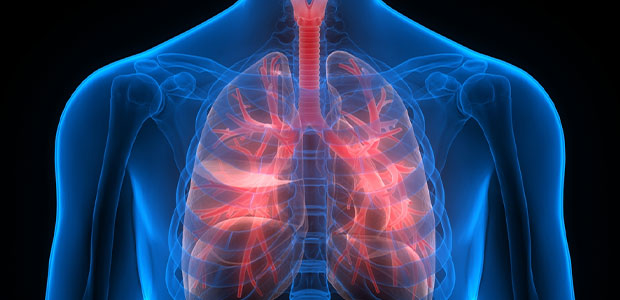
Protecting Respiratory Health in Workers During the Winter Months
Work-related illnesses can worsen in the winter; prevent exposure to lung irritants and learn the respiratory diseases occupational workers are at risk for.
Why Does the Cold Season Cause Respiratory Problems?
The drop in temperature, weakening of the immune system and shortage of sunlight can produce seasonal respiratory diseases. Children and older adults are prone to the flu, asthma and lung problems during the winter months. When it’s cold outside, you will need to be aware of low humidity levels, the increase of contagious illnesses and seasonal health conditions.
Winter is a time that most people stay indoors. They could potentially become trapped with indoor air pollutants and building toxins. For employees who work in construction, trade occupations, industrial, mechanics and HVAC, daily exposures to harmful substances can build up over time and cause symptoms of lung problems. Workers who stay inside more frequently can have worsened symptoms of pre-existing respiratory diseases or not be able to escape these pollutants.
You can be more responsible for your health by paying attention to what causes respiratory diseases.
What Occupational Risks Can Cause Respiratory Conditions?
People with respiratory diseases may find their symptoms aggravated by both the winter season and where you work. While the law requires employers and companies to provide protection, exposure to workplace toxins has chronic health effects long after initial exposure.
Particulate matter from occupational work is the primary source of respiratory diseases. Microscopic fibers and dust can be extremely dangerous to the lungs because they can remain inside the body indefinitely. These particles become a part of the air where you could inhale them without realizing it. Unpaved roads, fields, construction sites, smokestacks or fires are several of the sources of particulate matter. Complex reactions from chemicals at power plants, automobiles and industries also pollute the air.
The body often absorbs these toxins which can lead to lung damage and breathing issues. Examples of these pollutants include:
- Heavy metals
- Factory emissions
- Exhaust
- Noxious gases
- Asbestos
- Volatile Organic Compounds (VOCs)
Workers can develop respiratory diseases related to their work such as:
- Mesothelioma or Asbestosis. Jobs that have asbestos-containing materials can pose risks to your health when you breathe in the asbestos fibers that are used for fireproofing, strength and chemical resistance. They leave permanent lung tissue scarring from the remaining asbestos that sticks to the lining of your lungs. This is later diagnosed as mesothelioma cancer or asbestosis, which is when the lining of the lungs has lasting inflammation.
- Byssinosis. Also referred to as Brown Lung Disease, is caused by inhaling flax, hemp and cotton dust during processing. Patients experience shortness of breath and chest tightness. Many textile workers are exposed to this kind of dust and may develop byssinosis.
- Black Lung Disease. Miners and workers who constantly inhale coal dust have an increased chance of developing this condition. Lung inflammation and shortness of breath are also symptoms of coal dust exposure.
- Work-related asthma. Those who suffer from asthma may find that their conditions intensify at work where gases, vapors, fumes and dust pollute the air. However, you can also develop asthma later in life if you work in environments that contain these toxins.
- Hypersensitivity pneumonitis. When workers consistently breathe in various substances including bacteria, certain chemicals and fungus spores, they can have an allergic lung disease. Organic dust inflames the air sacks and scar tissue in the lungs.
- Silicosis. Airborne crystalline silica dust is present in the air of mines, clay, foundries, glass, stone and blasting operations. Early-on silicosis from silica dust has no symptoms or only mild dyspnea. It can advance throughout the lungs to more severe dyspnea, pulmonary hypertension and respiratory impairment.
What to Do If You Are At-Risk for These Types of Lung Diseases
The frequency, severity and preventability of occupational lung diseases contribute to the ongoing prevalence. The majority of respiratory conditions advance due to long-term and repeated exposure. Although even one single incident, like exposure to asbestos fibers, can be detrimental to your health.
Workers should wear the proper protective devices to avoid contact and possible inhaling of known toxic substances. Face masks are encouraged when you are around airborne particles, dust and irritants. Smoking in general drastically increases the risk for cancer and respiratory complications, but it can similarly provoke occupational lung diseases. Employers should provide educational resources to educate them on their risks while on the job. Your work can also hire an occupational health professional to investigate your work environment and look for any threats to respiratory health.
Depending on your occupation, whether you spend your shifts indoors 40 hours a week, or it changes based on the season, protecting your lungs should not be overlooked. In the winter, you may need to spend more time inside, where improper ventilation and long hours can force exposure. Even coming into work with pre-existing winter allergies and lung health problems can exacerbate them due to your work environment. With the uptick in seasonal illnesses, your job should not be a place where your health is threatened.